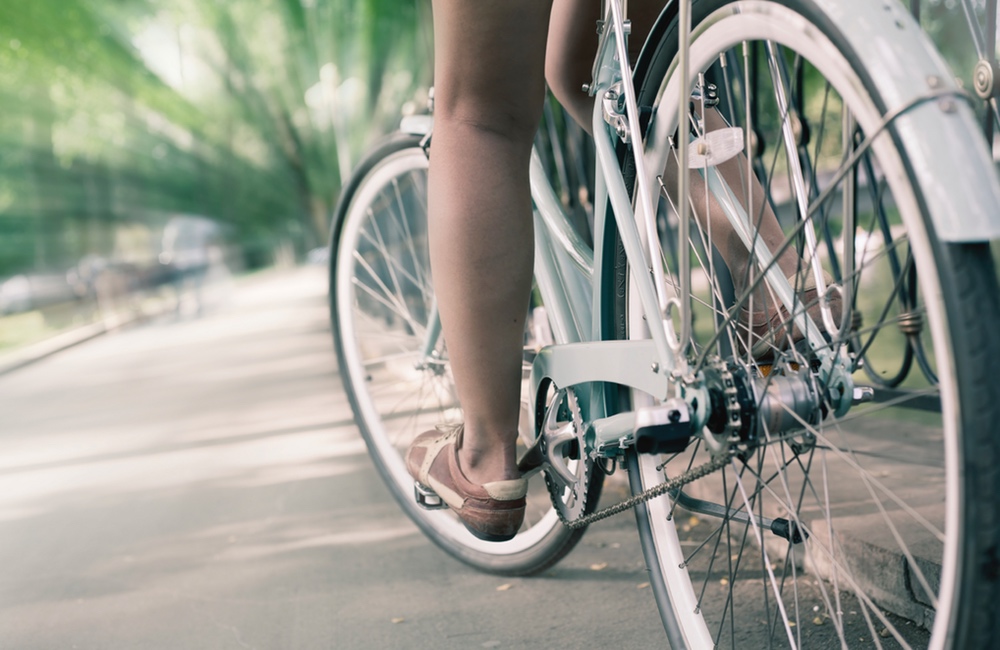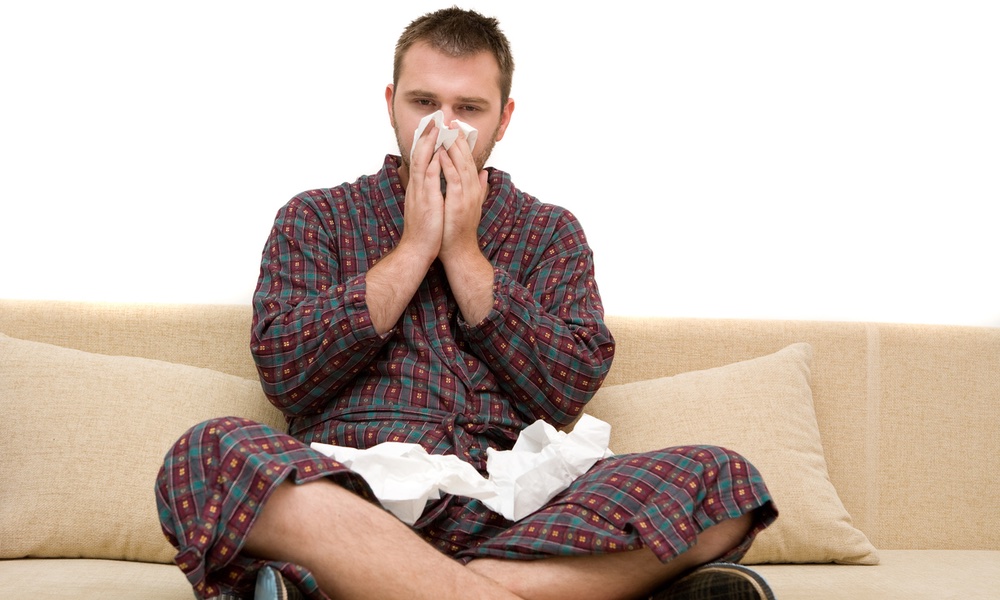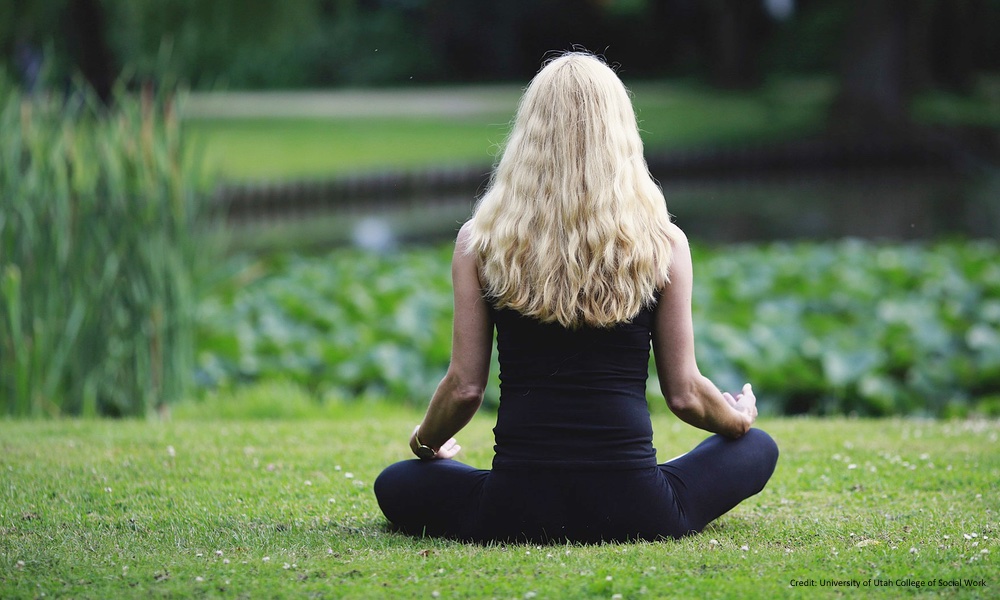People are extraordinarily sensitive to visual and spatial cues when it comes to anything food-related. The layout of a grocery store can influence what we buy, and even the placement of the nutrition label on a product can make a big difference in whether we read it or not. Now, a new study uses these cues in simple new ways to help people make better choices when they grab lunch and a drink on the go.
Green labels indicated the healthiest choices, yellow labels indicated somewhat less healthy ones, and red labels represented the foods with little or no nutritional content.
In the first part of the study, the researchers added color-coded labels to food and drink displays in a large hospital cafeteria to indicate the relative health of each product. Green labels indicated the healthiest choices, yellow labels indicated somewhat less healthy ones, and red labels represented the foods with little or no nutritional content. Cash registers in the cafeteria were programmed to record the number of each color item that was purchased over the experiment’s six-month study period.
Overall, color-coding worked well: Red-labeled foods decreased by about 9% and green-labeled foods increased by about 4.5%. The changes for beverages were even more pronounced. Red drinks decreased by 16% and green drinks rose by almost 10%.
Changing the architecture helped people make even better choices: the red product sales fell by another 5%, compared to the first part of the study (there wasn’t much change in the green items). Drink sales did even better, with red items falling by 11% and green items rising by 4%.
Labeling foods and drinks was an effective method by itself, but adding a physical change to the display worked even better. Anne Thorndike, who led the study, said in a university news release that the “intervention was so successful because it was simple and easy to understand quickly. The labeling did not require any special skills and could be easily interpreted when a customer was in a rush.”
The methods used here could also be used in other settings like school cafeterias, cafes and restaurants. We all need a little help making the right choices, and effective tools to help us do so are often simpler than it seems.
The study was carried out by a team at Harvard University and Massachusetts General Hospital, and published in the American Journal of Public Health.




